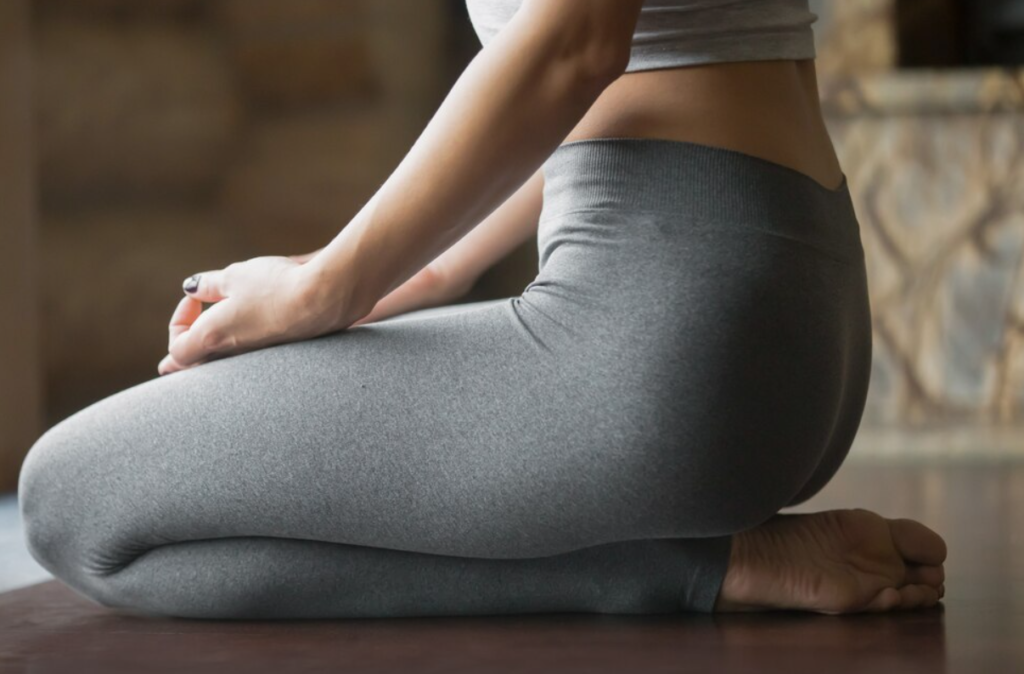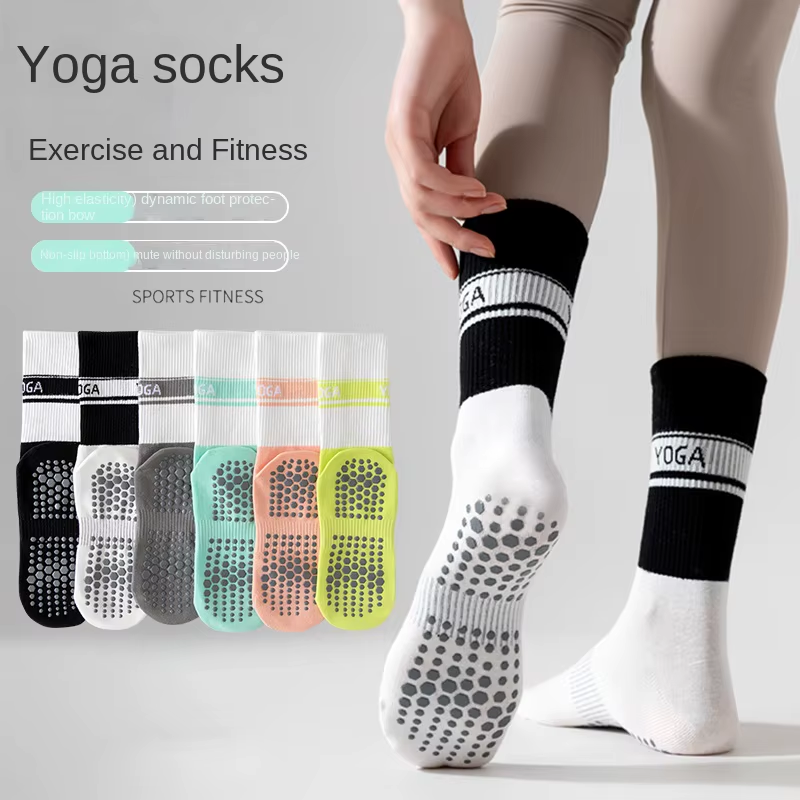Yoga is a powerful tool for physical healing and rehabilitation, offering gentle yet effective techniques to restore strength, flexibility, and balance. Its holistic approach makes it suitable for a wide range of conditions and recovery needs. Here’s how yoga supports physical healing and rehabilitation:
1. Promotes Flexibility and Mobility
- Gentle Stretching: Yoga improves flexibility by gradually stretching muscles and connective tissues, enhancing the range of motion.
- Joint Health: Low-impact poses increase joint lubrication and reduce stiffness, making yoga ideal for arthritis and joint-related conditions.
2. Builds Strength Safely
- Muscle Engagement: Yoga strengthens muscles without putting undue strain on joints, which is especially beneficial during recovery.
- Core Stability: Poses like Plank and Bridge strengthen the core, supporting posture and reducing the risk of future injuries.
3. Supports Posture and Alignment
- Corrective Benefits: Yoga improves spinal alignment and posture, alleviating pain caused by poor posture or muscle imbalances.
- Back Pain Relief: Gentle backbends and forward folds stretch and strengthen the back muscles, reducing chronic pain.
4. Enhances Circulation
- Improved Blood Flow: Yoga boosts circulation, delivering oxygen and nutrients to tissues, which aids in healing and reduces swelling.
- Lymphatic Drainage: Certain poses stimulate the lymphatic system, helping to remove toxins and reduce inflammation.
5. Aids in Injury Recovery
- Muscle Recovery: Yoga supports recovery from muscle strains and tears by promoting gentle movement and reducing scar tissue formation.
- Rehabilitation After Surgery: Yoga helps restore mobility and strength post-surgery, while breathing exercises improve lung function and overall vitality.
6. Reduces Pain and Inflammation
- Chronic Pain Management: Yoga decreases pain perception by calming the nervous system and releasing tension in muscles.
- Anti-Inflammatory Effects: Studies suggest yoga can reduce markers of inflammation, aiding in conditions like arthritis and fibromyalgia.
7. Improves Balance and Coordination
- Stability Poses: Yoga improves proprioception (awareness of body position), reducing the risk of falls and enhancing coordination.
- Rehabilitation for Neurological Conditions: It aids in recovery for conditions like stroke, Parkinson’s disease, and multiple sclerosis by improving motor function.
8. Enhances Respiratory Function
- Pranayama (Breathing Exercises): These techniques improve lung capacity and oxygen delivery, benefiting those recovering from respiratory illnesses or surgery.
9. Promotes Relaxation and Stress Reduction
- Mind-Body Connection: Yoga’s emphasis on mindfulness and relaxation helps reduce stress, which can accelerate physical healing.
- Tension Release: Gentle poses release muscle tension, reducing discomfort and promoting a sense of ease.
10. Tailored to Individual Needs
Yoga can be adapted to suit specific recovery goals, conditions, and physical abilities, making it a versatile and personalized rehabilitation tool.
By integrating yoga into a rehabilitation program, individuals can experience a safe and holistic path to physical healing, improving overall well-being and quality of life.




